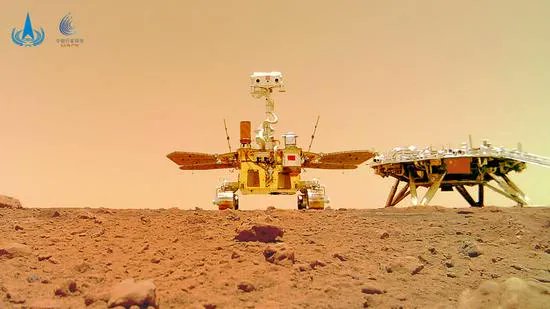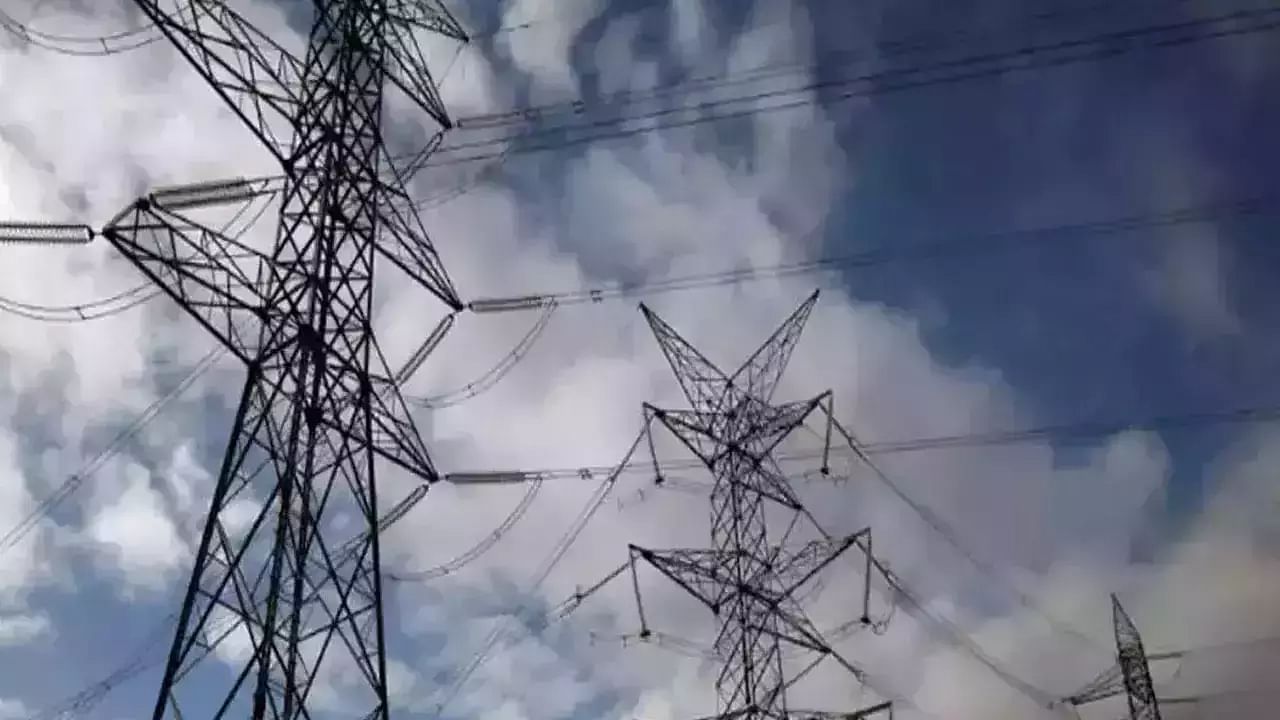01 October, 2022 | 02:00 AM
https://www.dailynews.express/posts/chinas-zhurong-rover-looks-deep-underground-and-sees-layers-from-multiple-floods-on-mars
China’s Zhurong Rover Looks Deep Underground and Sees Layers From Multiple Floods on Mars

Mars exploration has been ongoing for decades at this point, and some regions of the planet have become more interesting than others. Of particular interest is a basin known as Utopia Planitia. It was the site of the Viking-2 landing, one of the first-ever successful missions to Mars. From data collected during that mission, scientists developed a theory that the crater that formed Utopia might have been the site of an ancient ocean. New results from China’s Zhurong rover point to an even more exciting past – repeated flooding. Zhurong has been exploring the red planet for a little over a year and has primarily been moving around Utopia Planitia. One of its instruments, a ground penetrating radar, is providing the world with the first data on the subsurface structure of Utopia since Viking-2 was shut down in 1980. The picture that radar is painting is an interesting one. It appears that there are several layers beneath the surface of Utopia Planitia. The regolith, which is most commonly thought of as Martian dirt, only extends to about 10 meters below the surface. Remove All Ads on Universe Today Join our Patreon for as little as $3! Get the ad-free experience for life Below that is where things get interesting – a paper just published in Nature by researchers at the Chinese Academy of Sciences points to several different sub-layers beneath the regolith. They also point to a potential cause – flooding. That’s not to say that there is any active flooding going on. In fact, Zhurong found no evidence of liquid water anywhere within the basin’s top 80 meters of material. However, the layered structure the rover noticed could easily have been caused by repeated flooding events. The research team thought those events might have occurred in the Late Hesperian or Amazonian period, which followed the Late Heavy Bombardment that formed many of Mars’ modern craters, and ended about 3 billion years ago. Back then, liquid water was thought to be extant on Mars’ surface, though it also signaled the beginning of the end of that liquid water on the surface. Some of that liquid water might have ended up sloshing around in Utopia Planitia, though. And the best way to detect it would be to find layers such as those found by Zhurong. Though the CAS research team quickly points out that there could be other possible explanations and invites public comment on their work. If assisted by Occam’s razor, that work points to a pattern of flooding in the Utopia basin billions of years ago. But new evidence could always overturn those assumptions. If the recent history of Mars exploration is any indication, Zhurong will sure not be the last visitor to this particularly interesting basin. Read More: Chinese Academy of Sciences – Insights into Utopia Basin Revealed by Mars Rover Zhurong Li et al – Layered subsurface in Utopia Basin of Mars revealed by Zhurong rover radar UT – Mars Orbiter Captures Images of China’s Rover From Space UT – Is there Water Under Mars’ South Pole? Lead Image: Self of Zhurong rover and its landing platform. Credit – CNSA / Xinhua





